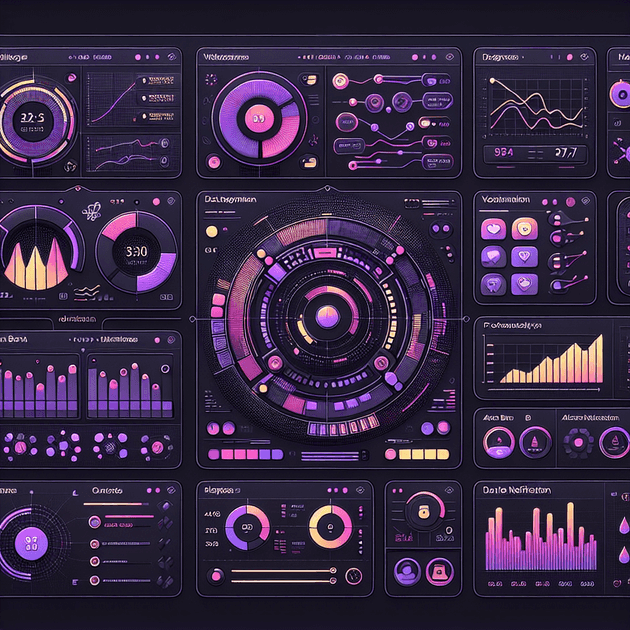In the world of data visualization and monitoring, Grafana has emerged as a powerful and versatile tool that is revolutionizing the way we analyze and interpret data. Whether you are a data scientist, a system administrator, or a business analyst, Grafana provides an intuitive and flexible platform to visualize and monitor data from various sources. In this blog post, we will delve into the capabilities of Grafana, explore its features, and understand why it has become an essential tool in the data visualization ecosystem.
What is Grafana?
Grafana is an open-source data visualization and monitoring tool that allows users to create interactive and customizable dashboards for visualizing time-series data. Initially released in 2014, Grafana quickly gained popularity due to its user-friendly interface, extensive plugin ecosystem, and support for a wide range of data sources. It has become a go-to tool for organizations and individuals looking to gain insights from their data in a visually appealing and easily understandable manner.
Key Features of Grafana:
-
Data Source Flexibility: Grafana supports a plethora of data sources, including popular databases like Graphite, InfluxDB, Prometheus, Elasticsearch, and many more. This flexibility allows users to connect to their preferred data source and seamlessly visualize the data without any hassle.
-
Interactive Dashboards: Grafana's dashboards are highly interactive, providing users with the ability to drill down into specific data points, zoom in and out of time ranges, and apply filters to focus on the most relevant information. The drag-and-drop editor makes it easy to create and customize panels, charts, and graphs to suit individual requirements.
-
Alerting and Notifications: Grafana's alerting system empowers users to define custom alert rules based on data thresholds and conditions. When these rules are triggered, Grafana can send notifications via various channels like email, Slack, PagerDuty, or custom webhooks, ensuring that critical issues are promptly addressed.
-
Extensive Plugin Ecosystem: Grafana's plugin ecosystem is one of its greatest strengths. With a vast collection of plugins, users can extend the functionality of Grafana by integrating with other tools, adding new visualization options, or connecting to additional data sources. This extensibility allows users to tailor their Grafana experience to their specific needs.
-
Community and Community Dashboards: Grafana boasts a vibrant and active community, which constantly contributes new dashboards, plugins, and enhancements. The community dashboards are readily available for users to import and use, saving time and effort in creating dashboards from scratch. This collaborative aspect of Grafana ensures that users can leverage the collective expertise of the community to create impactful visualizations.
Use Cases of Grafana:
-
Infrastructure Monitoring: Grafana excels in monitoring and visualizing the health and performance of infrastructure components like servers, databases, and network devices. By integrating with tools such as Prometheus and Graphite, Grafana provides real-time insights into resource utilization, system metrics, and network traffic.
-
Application Performance Monitoring (APM): Grafana can be used to monitor the performance and availability of applications by integrating with APM tools like Jaeger, Zipkin, or Prometheus. It allows users to track response times, error rates, and other critical metrics, enabling efficient troubleshooting and optimization.
-
Business Intelligence and Analytics: Grafana is equally valuable in the domain of business intelligence and analytics. By connecting to databases like MySQL, PostgreSQL, or Microsoft SQL Server, users can create interactive dashboards that provide insights into sales data, customer behavior, marketing campaigns, and other business metrics.
Conclusion:
Grafana has firmly established itself as a leading data visualization and monitoring tool, providing a user-friendly interface, extensive data source support, and powerful visualization capabilities. Its flexibility and extensibility make it suitable for a wide range of use cases across industries. Whether you are monitoring infrastructure, analyzing application performance, or exploring business metrics, Grafana offers a robust and customizable solution. With its active community and growing ecosystem, Grafana continues to evolve, empowering users to unlock the true potential of their data.
